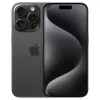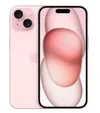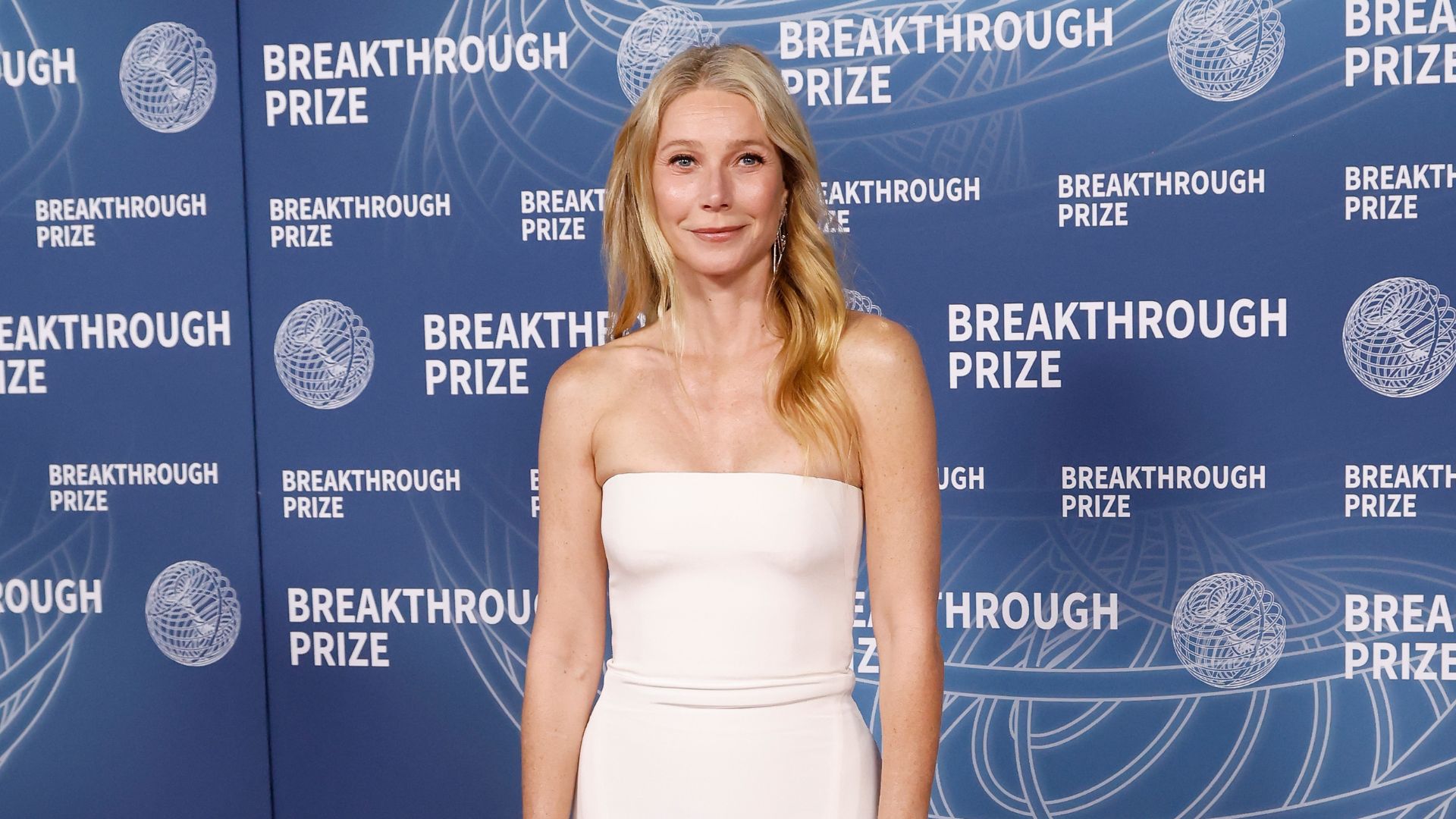This Xiaomi 14 Ultra feature needs to be copied by iPhone 16 Pro, Galaxy S25 Ultra and more
Here's how your photos and videos can look better
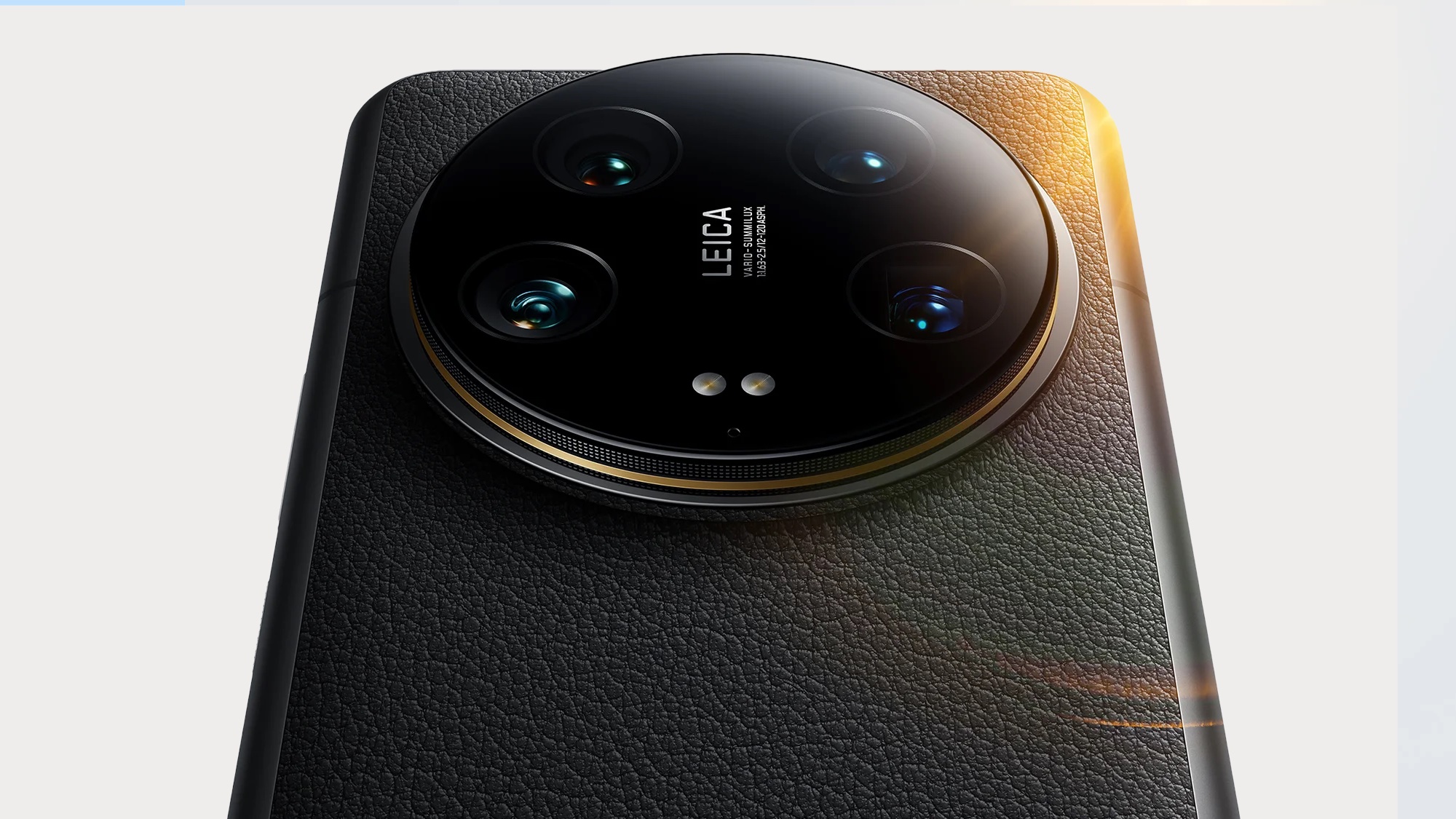
If there’s one thing that Mobile World Congress continues to prove to me time after time, it’s that there’s a lot of innovation found in phones launched outside of the U.S. Case in point: this past MWC introduced us to the Xiaomi 14 Ultra’s quad-lens Leica camera system, which seemingly would be a best camera phone contender based on the amount of cameras it’s packing. What’s most impressive, though, is that the Xiaomi 14 Ultra is sporting a variable aperture that gives users even more control over the camera.
And you know what? Every phone maker needs to copy it.
Even though we’ve seen variable apertures in phones before — remember the Galaxy S9 back in 2018? — what makes Xiaomi’s implementation better is that it’s a motorized system. Xiaomi refers to it as a “Stepless Variable Aperture,” which unlike the Galaxy S9, can adjust the aperture in 0.01 stop increments. Other phones emulate this through software, much like how the portrait modes in many phones let you dial in the aperture to either enhance or lessen the background blur effect, but it’s not the same as a physical aperture.
The average person may not think much about why this is important, but as content creation continues to be a main function for many, this ability to adjust the camera’s aperture will increasingly be important.
Today’s best camera phones, like the iPhone 15 Pro Max and Galaxy S24 Ultra, can make the average person seem like a seasoned portrait photographer — but I think every phone maker should copy this Xiaomi 14 Ultra camera feature with their future releases, including the iPhone 16 Pro and Galaxy S25 Ultra. Here’s why.
More seamless exposure adjustment with video
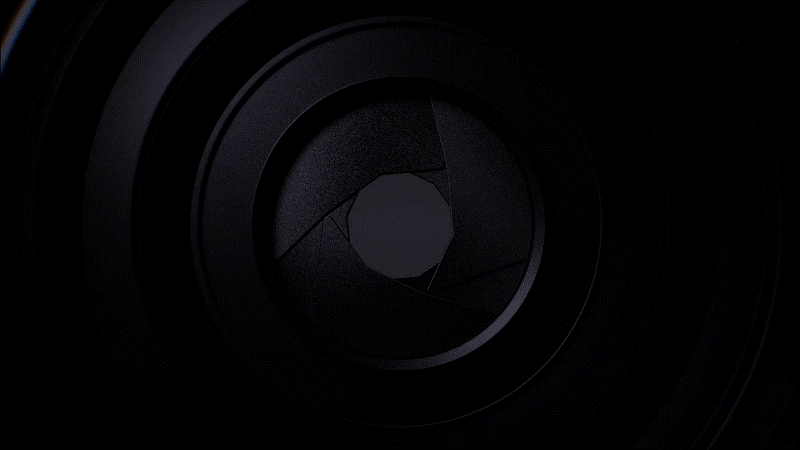
There’s a more practical reason for variable apertures to exist in phones to record video because it helps to minimize those jarring jumps with the exposure of the scene. If you’ve ever recorded video in bright conditions and then quickly point the camera to a darker scene, you can sometimes see the exposure trying to adapt to the sudden change, resulting in a jarring exposure change.
With a variable aperture, the transition from light to dark and vice versa won’t be as dramatic because the aperture will adjust accordingly with the other camera settings. This setting could also work in tandem with how these phones also adjust other camera parameters, like the shutter speed and ISO level, so that the result makes video look more seamless with the sudden shift in lighting conditions.
Sign up to get the BEST of Tom's Guide direct to your inbox.
Get instant access to breaking news, the hottest reviews, great deals and helpful tips.
Maintains that ‘cinematic’ look
When it comes to capturing that "cinematic" look with video, it often pertains to the camera’s frame rate. Yet, many forget that it’s also impacted by the camera’s shutter speed. Most films and movies achieve this by shooting at the frame rate of 24 fps with a shutter speed of 1/50.
When you have a fixed aperture that’s recording video at 24 fps, the only way it’s able to record video while maintaining the same exposure throughout the scene is for it to adjust the shutter speed — which can make the video look like it has too much motion because the shutter speed jumps up to a faster rate like 1/500. That shutter speed is more appropriate for action scenes like those in Gladiator when Russel Crowe’s cleaning up house in the Colosseum, but it doesn’t look great for everything else.
By having a variable aperture, camera phones will be able to better maintain the cinematic look with video — with that "just right" amount of motion blur that we’re all used to watching in films. As more people lean on their phones to capture cinematic looking video, having access to a variable aperture allows them to have more control over the way it looks.
And yes, it’ll make your photography better
So far, I’ve explained how a variable aperture camera benefits video recording, but it also has a practical application with photography. Portrait photos can look even better with the help of a variable aperture camera because it would help to isolate your subjects better from the rest of the scene.
Take for example how the iPhone captures portrait photos. It does it by producing a nine-layer depth map with the help of the ultra-wide camera running through the scene, while the telephoto camera focuses on your subject. With the data it acquires, the iPhone applies the bokeh or blur to every part of the short apart from your subject.
Now, the problem with this current implementation is that it can still show imperfections, like how some things should be blurred out but they’re not. By adding the data from a main camera with a variable aperture, it can produce a more realistic portrait photo.
This would extend to other types of photography as well, like how you can have more stuff in focus when capturing macro photos. One of the problems with macro photography is that when you try to get extremely close to your subject, you often have an isolated spot that’s in focus — while everything else is blurred out. By closing the aperture, you’ll have more of the subject in focus.
More from Tom's Guide
- These Samsung phones are getting One UI 6.1 — here's all the new features
- Sharing passes between Google Wallet and Apple devices could get a lot easier
- Apple Vision Pro 1 month later — what I like, what I don’t and what I got wrong

John’s a senior editor covering phones for Tom’s Guide. He’s no stranger in this area having covered mobile phones and gadgets since 2008 when he started his career. On top of his editor duties, he’s a seasoned videographer being in front and behind the camera producing YouTube videos. Previously, he held editor roles with PhoneArena, Android Authority, Digital Trends, and SPY. Outside of tech, he enjoys producing mini documentaries and fun social clips for small businesses, enjoying the beach life at the Jersey Shore, and recently becoming a first time homeowner.





